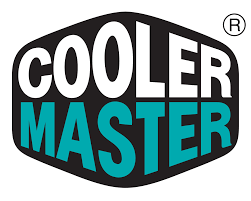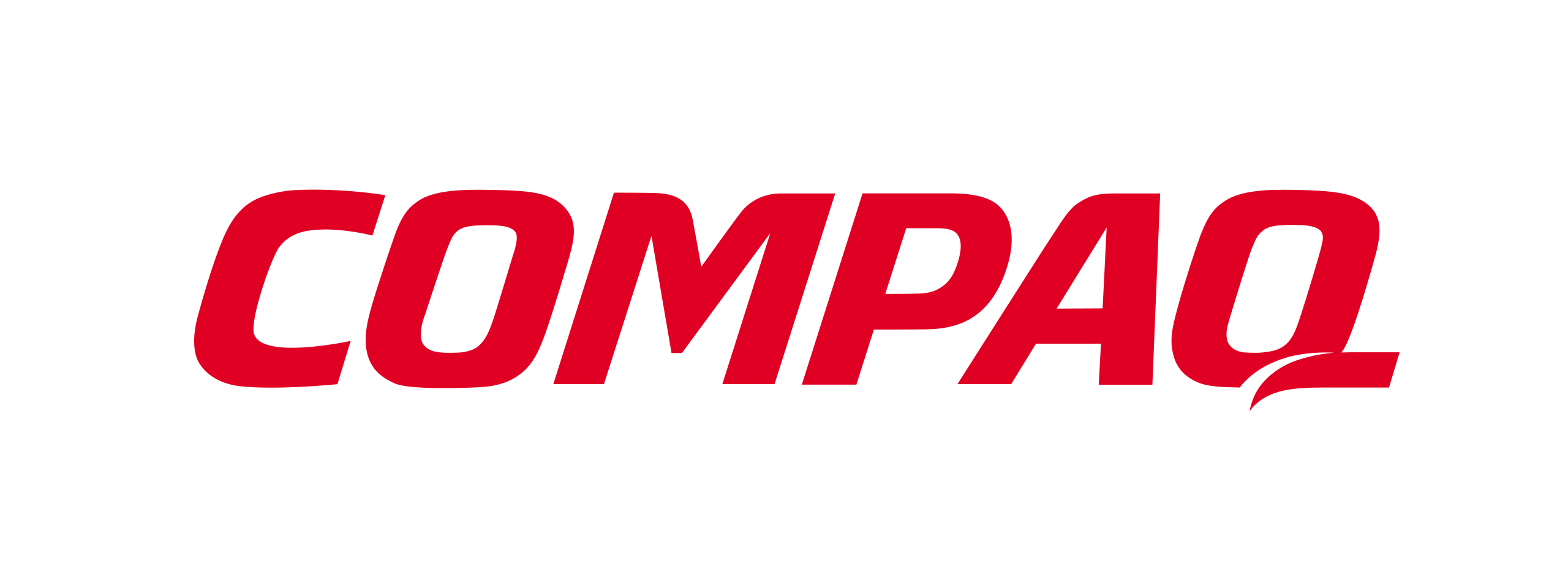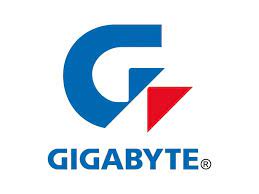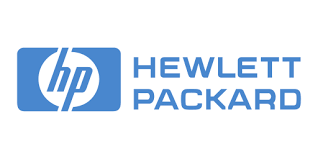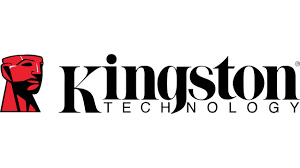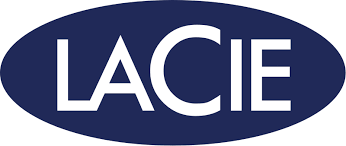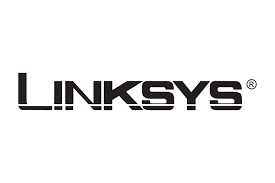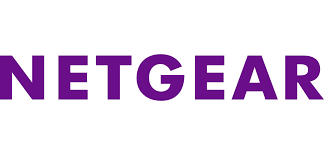Automating business processes using technology can significantly improve efficiency, reduce errors, and free up your team’s time to focus on higher-value tasks. Here are some ways you can leverage technology for automation:
1. Identify Repetitive Tasks:
- Analyze your current workflows: Start by analyzing your existing business processes to identify repetitive, manual tasks that are good candidates for automation.
- Consider factors like frequency, error-proneness, and time consumption: Focus on tasks that are performed frequently, prone to human error, and take up a considerable amount of time.
2. Choose the Right Automation Tools:
- Robotic Process Automation (RPA): Software robots (bots) mimic human actions to automate repetitive tasks like data entry, form filling, and email sending.
- Business Process Management (BPM) software: Offers a visual interface to design and automate workflows, often involving approvals and decision-making.
- Integration Platforms as a Service (iPaaS): Connect different software applications and automate data exchange between them, eliminating manual data transfer.
3. Consider Cloud-Based Solutions:
- Scalability and accessibility: Cloud-based solutions offer easy scalability as your needs evolve and can be accessed from anywhere with an internet connection.
- Reduced IT infrastructure costs: Cloud solutions often eliminate the need for additional hardware and software investments, reducing upfront costs and ongoing maintenance.
4. Implement Automation Gradually:
- Start with a pilot project: Begin by automating a single, well-defined process to test the technology, gain experience, and identify any potential challenges.
- Involve your team: Get your team involved in the automation process, addressing their concerns and ensuring a smooth transition. Training might be necessary for them to adapt to new workflows.
5. Monitor and Refine:
- Track results: Once automation is implemented, monitor its effectiveness through key performance indicators (KPIs) like processing time, error rates, and cost savings.
- Continuously improve: Regularly review and refine your automated processes as needed to ensure they remain efficient and aligned with your evolving business needs.
Here are some specific examples of how technology can automate business processes:
- Marketing: Automatically schedule social media posts, send personalized email campaigns, and analyze marketing performance data.
- Sales: Generate automated quotes and proposals, manage customer relationship databases, and track sales pipeline progress.
- Finance: Automate accounts payable and receivable processes, reconcile bank statements, and generate financial reports.
- Human Resources: Automate onboarding new employees, scheduling interviews, and processing payroll.
Remember: While automation offers numerous benefits, it’s crucial to choose the right tools, implement them thoughtfully, and involve your team in the process. By strategically using technology, you can unlock the potential of automation to streamline your business operations and achieve your goals.



































